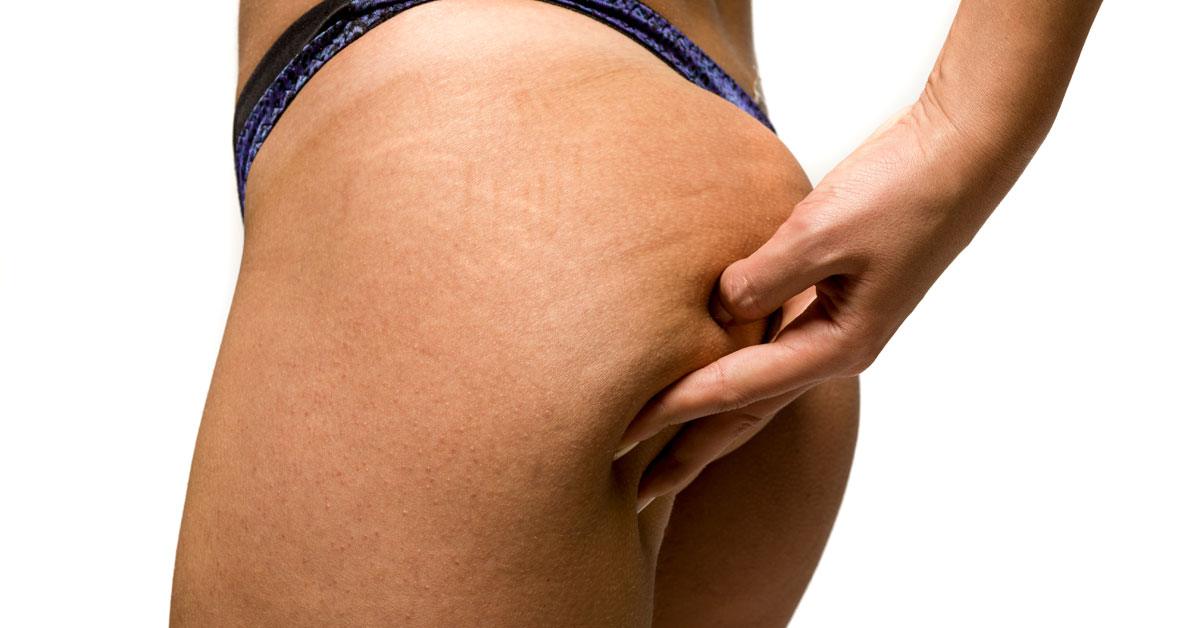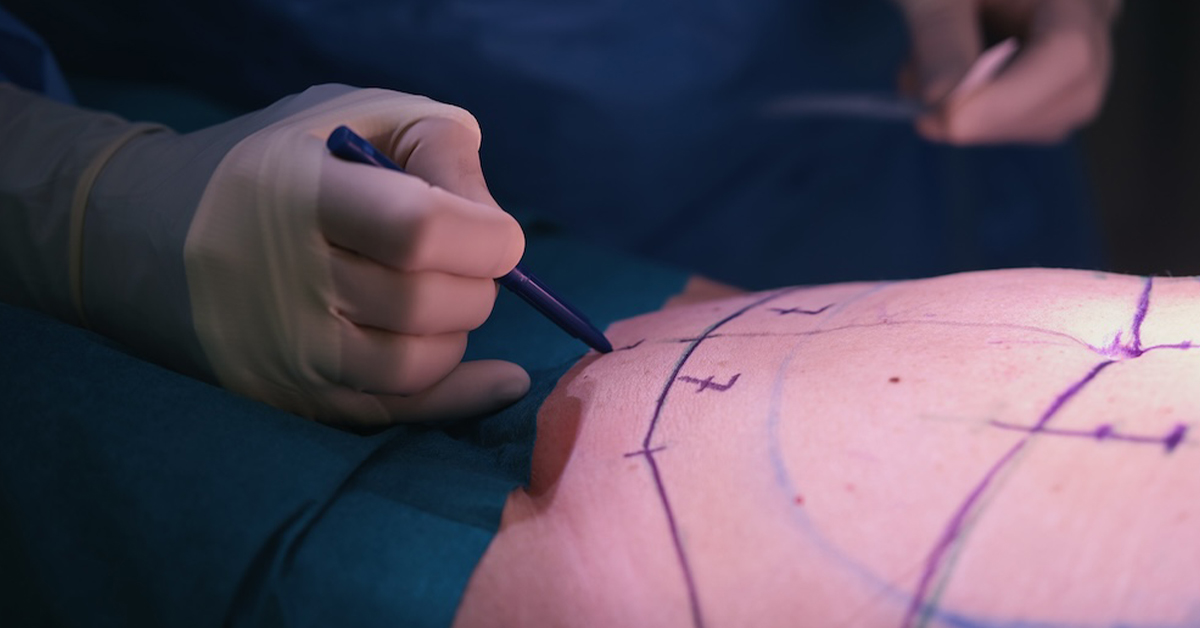Sagging Buttocks After Weight Loss: Surgical and Non-Surgical Solutions
Weight loss, especially significant weight reduction, can bring about numerous positive changes in one’s health and overall quality of life. However, it can also lead to certain aesthetic concerns, one of which includes the development of sagging buttocks.
This particular change not only affects the body’s contour and appearance but can also influence an individual’s self-esteem and comfort. Body transformation and aesthetic enhancement, addressing the issue of sagging buttocks post-weight loss is crucial for both medical and cosmetic reasons.
For individuals navigating through the aftermath of weight loss, understanding the nature of these changes, including the reasons behind sagging buttocks, becomes essential.
Understanding Sagging Buttocks After Weight Loss
Pathophysiology: The buttocks are primarily composed of muscle and fat. During the process of significant weight loss, fat deposits decrease not only in undesired areas but also in places where volume might be aesthetically appreciated, such as the buttocks.
This reduction in fat, along with potential muscle loss and skin elasticity decline, contributes to the sagging appearance.
Contributing Factors:
-
Age: Skin loses elasticity with age, making it harder to bounce back after weight reduction.
-
Amount of Weight Lost: Greater weight loss can lead to more pronounced sagging.
-
Speed of Weight Loss: Rapid weight loss doesn’t give the skin sufficient time to adjust, leading to sagging.
-
Genetic Predisposition: Genetics play a role in skin elasticity and body shape, affecting how one’s body responds to weight loss.
Psychological and Physical Impact: Beyond aesthetics, sagging buttocks can impact self-esteem, leading to a decrease in body confidence. Physically, excessive skin can cause discomfort and may limit mobility or lead to skin infections.
Non-Surgical Options for Managing Sagging Buttocks
While surgical options are often considered for dramatic improvements, there are non-surgical approaches that can help enhance the appearance of sagging buttocks:
Exercise: Focused physical activity can help tone the muscles beneath the sagging skin, providing a more lifted appearance.
-
Squats: Targets the gluteus maximus, medius, and minimus.
-
Lunges: Enhances the shape and strength of the buttocks.
-
Hip Thrusts: Concentrates on the gluteal muscles for improved lift.
Nutrition: A balanced diet supports muscle maintenance and can improve skin elasticity.
-
Protein-rich Foods: Essential for muscle repair and growth.
-
Vitamin C and E: Important for collagen production and skin health.
Skin Care and Treatments: Various topical treatments and non-invasive procedures can improve skin texture and elasticity, though they offer more subtle results compared to surgical options.
Surgical Options for Sagging Buttocks
Surgical intervention often presents the most definitive solution to sagging buttocks post-weight loss, offering significant and lasting improvements. Understanding the available procedures and their implications is crucial for anyone considering this route.
Gluteal Lift: This procedure specifically targets the removal of excess skin and fat from the buttocks, elevating the remaining tissue to a more aesthetically pleasing position.
It’s ideal for individuals with significant sagging due to weight loss. The gluteal lift not only enhances the shape and lift of the buttocks but also improves the overall contour of the lower body.
Recovery time varies, with most patients resuming normal activities within a few weeks, while full recovery may take several months.
Buttock Augmentation (Implants vs. Fat Transfer):
-
Implants: Involve the insertion of silicone devices to add volume and shape to the buttocks. This option is suitable for those who lack sufficient fat for a transfer procedure.
-
Fat Transfer (Brazilian Butt Lift): Fat is harvested from other body areas through liposuction and then injected into the buttocks. It’s a two-in-one procedure that slims one area while enhancing another.
| Procedure | Benefits | Risks | Recovery |
|---|---|---|---|
| Implants | Predictable volume, long-lasting results | Infection, displacement of the implant | 4-6 weeks |
| Fat Transfer | Natural feel, additional body contouring | Fat reabsorption, asymmetry | 2-3 weeks, full results in 6 months |
Combination Therapies: For comprehensive results, these procedures can be combined with other body contouring surgeries, such as abdominoplasty, to address multiple areas affected by weight loss. This approach ensures a harmonious body contour.
Choosing the Right Surgeon: The success of these procedures heavily depends on the skill and experience of the surgeon. Opting for a board-certified plastic surgeon with extensive experience in body contouring post-weight loss is paramount.
It’s also essential to review before-and-after photos and patient testimonials to gauge potential outcomes.
Preparing for Surgery: What to Expect
Preparation for buttock surgery involves several steps:
-
Consultations: Discussing goals, concerns, and medical history with your surgeon to determine the best approach.
-
Health Evaluations: Undergoing tests to ensure suitability for surgery.
Recovery expectations vary by procedure but generally include taking time off work, avoiding strenuous activities, and following specific care instructions to ensure optimal healing and results.
Conclusion
Sagging buttocks after weight loss can pose aesthetic and physical challenges, but various surgical and non-surgical options are available to address this issue. From targeted exercises and nutritional adjustments to advanced surgical procedures, individuals can explore a range of solutions tailored to their specific needs and goals.
Consulting with a qualified plastic surgeon is the first step toward achieving a lifted, contoured, and aesthetically pleasing buttock profile, contributing to overall body confidence and well-being.
Frequently Asked Questions
The timeline for seeing results can vary based on the specific procedure and individual healing processes. For a gluteal lift, initial improvements are noticeable almost immediately, but the final shape and position settle over several months as swelling decreases. For buttock augmentation, particularly fat transfer (Brazilian Butt Lift), final results are typically visible within 6 months after the procedure, once the transferred fat stabilizes.
Buttock implants offer long-lasting results, though not necessarily life-long, as factors like aging, weight fluctuations, and gravity can affect the outcome over time. Fat transfer results depend on how well the body absorbs the transferred fat; a portion of the fat may be reabsorbed, but the remaining fat usually provides permanent enhancement, subject to the same factors that affect implants.
As with any surgery, there are risks involved, including infection, bleeding, and adverse reactions to anesthesia. Specific to buttock augmentation, risks include implant displacement or breakage for implants and fat embolism or uneven absorption for fat transfers. Choosing a qualified, experienced surgeon minimizes these risks.
Yes, it’s common to combine buttock surgery with other procedures such as liposuction, tummy tuck, or thigh lift for a more comprehensive body transformation. Combining procedures can optimize the recovery period and result in a more harmonious body contour. However, it’s important to discuss your goals and medical history with your surgeon to determine the safest and most effective treatment plan.
Selecting the right surgeon is crucial for achieving the best outcomes. Look for a board-certified plastic surgeon with extensive experience in buttock augmentation and body contouring. Research their before-and-after gallery to assess their work, read patient reviews, and ensure they offer personalized consultations. A reputable surgeon will discuss your aesthetic goals, address your concerns, and provide a realistic outlook on the results you can achieve.
Plastic Surgery in Miami, FL
The first step in getting a Plastic Surgery in Miami is to schedule a consultation with us. If you are interested in learning more, call us now at (305) 406-9055 or schedule a consultation online Now.










